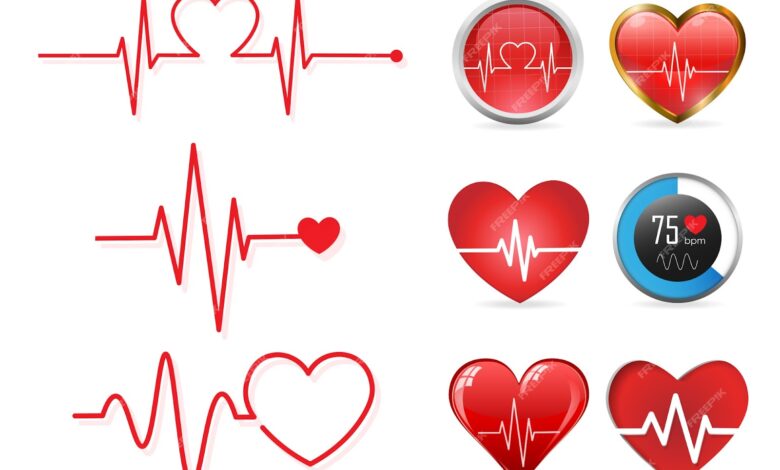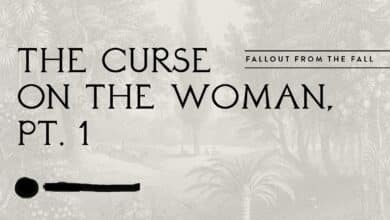The Fascinating World of Pulsamento: Exploring Rhythm and its Impact

Introduction
In the realm of music and beyond, there exists a captivating concept known as pulsamento. This rhythmic phenomenon, derived from various linguistic origins, has found its place in different cultures and industries. From its influence in music to its applications in technology, healthcare, and even our daily lives, pulsamento holds immense potential and significance. This article will take you on a journey through the diverse aspects of pulsamento, exploring its origins, technical aspects, impact on dance and movement, health benefits, and its role across various musical genres. Join us as we dive deep into the fascinating world of pulsamento and uncover the rhythmic pulse that drives our experiences.
Origins and Evolution of Pulsamento
Pulsamento, a term derived from different languages, encompasses the rhythmic pulse that forms the foundation of various musical genres and artistic expressions. It has a rich lineage, intertwining with the social and cultural fabric of communities across the globe.
West African Rhythms
The pulsating rhythms of West Africa serve as the bedrock of pulsamento. These captivating beats were brought to Latin America during the transatlantic slave trade, where they became the soul of many musical traditions.
Afro-Cuban Drumming
In the early 20th century, Cuba witnessed the birth of an evolved form of these indigenous rhythms, incorporating pulsamento in a way that would become crucial to the genre. Afro-Cuban drumming practices laid the groundwork for the vibrant rhythms now synonymous with salsa music.
Latin American Music
Pulsamento is interwoven in genres such as samba, bossa nova, and other Latin American styles. Each genre retains a distinct rhythmic identity, showcasing pulsamento’s capacity to adapt and flourish.
Flamenco Music
Flamenco music exemplifies pulsamento through its dynamic clapping or palmas and intricate footwork. These pulsating elements underscore the genre’s intensity and emotional depth.
Beyond Latin Origins
Pulsamento’s influence extends beyond Latin America and can be found in various global musical forms such as jazz, rock, and more, highlighting rhythm’s universal language. The Italian word “pulsare,” meaning to pulse or beat, captures the essence of pulsamento’s broad impact.
The continuous interplay between these elements exemplifies how pulsamento evolves, contributing to the rich tapestry of global music and reflecting the complex journey of cultural interconnection.
Technical Aspects of Pulsamento
To truly understand pulsamento, we must delve into its technical aspects, including tempo, rhythmic techniques, and the interaction between harmony and melody.
Tempo and Metronome Use
Tempo, measured in beats per minute (bpm), defines the speed at which a piece of music is played. Composers specify tempo to set the pace for the music, often notated at the beginning of a score. Metronomes, whether mechanical or digital, provide a regular, metrical tick to help musicians maintain a consistent tempo.
Rhythmic Techniques and Styles
Rhythmic techniques vary across musical genres, encompassing a variety of instruments and methods of production. Flamenco music utilizes complex strumming patterns and hand clapping, while Latin American rhythms may involve syncopated styles, which displace the typical beats or accents in the music, creating unexpected or complex sounds.
Percussion Instruments
Percussion instruments play a crucial role in producing rhythmic pulsation. Drummers and percussionists employ various techniques to add texture and depth to the rhythm.
Harmony and Melody Interaction
Harmony and melody interact within the structure of pulsamento to create the full body of a musical piece. Harmony refers to the chordal structure and progression providing a backdrop for the melody, which is the sequence of notes perceived as the main tune. Their interaction determines a piece’s tension, resolution, and overall character.
Pulsamento in Dance and Movement
Beyond the realm of music, pulsamento serves as the connective tissue within the realms of dance and movement. It establishes a shared heartbeat that synchronizes the movement and emotional expression of dancers.
Dance Music and Rhythmic Impact
Dance is intricately linked to rhythm, with pulsamento guiding musicians and providing a scaffold for dancers to express themselves. In genres such as salsa, the rhythmic backbone created by percussive instruments dictates the flow and energy of the performance. Dancers respond to these rhythms with movements that match the intensity and tempo, essentially becoming visual representations of the music’s heartbeat.
Communication Through Dance
Pulsamento in dance functions as a non-verbal language that conveys emotions between performers and to the audience. The synchronization of movements with the rhythm can communicate feelings from joy to sorrow, without uttering a single word. This phenomenon can be observed in the shared emotions that ripple through a crowd when the rhythmic tides of dance music captivate them.
Health Benefits of Dancing
In addition to its performative aspects, dance offers substantial health benefits by being a form of exercise that improves heart rate, blood pressure, and breathing. The rhythmic nature of dance encourages continuous movement, leading to better cardiovascular health, strengthened focus, and emotional well-being.
Pulsamento: From Music to Health
Pulsamento not only enriches the world of music and dance but also has profound implications for our health and well-being. The rhythmic patterns associated with pulsamento can influence our physiological and psychological states, leading to various therapeutic effects.
Emotional Expression and Music
Rhythmic pulsations in music can evoke or enhance certain emotions as they resonate with our innate rhythms. This connection between pulsamento and musical expression enhances expressiveness, allowing individuals to convey and experience complex emotional states.
Impact on Well-being and Relaxation
Pulsations like heartbeat and breathing rhythms are closely linked to our well-being. A stable, balanced pulsation tends to promote relaxation and reduce stress. Practices such as meditation or deep-breathing exercises aim to regulate pulsation, leading to lowered heart rate and reduced stress indicators.
Cognitive Functions and Memory Influence
The subtle pulsations within the brain can affect cognitive functions, including memory retention and comprehension. Stable physiological rhythms contribute to better memory and comprehension, highlighting the importance of maintaining a balanced pulsation.
Pulsamento Across Musical Genres
Pulsamento, the rhythmic pulse, transcends musical genres, reflecting the evolution of music from classical to modern styles and impacting various popular forms such as pop, rock, and hip-hop.
Classical and Modern Music Contrast
Classical music relies on tempo and rhythm as its backbone, guiding the timing of the orchestra. Modern music genres experiment with rhythmic structures, incorporating syncopation and irregular time meters that lend vibrancy to compositions.
Influence on Pop, Rock, and Hip-Hop
Pop music relies on catchy beats and strong pulsation to appeal to a wide audience. Rock music emphasizes pulsamento through driving beats produced by drums and bass guitar, creating an energetic sound. Hip-hop introduces innovative rhythms through sampling and electronic beats, producing complex layers of pulsation.
Traditional and Fusion Genre Exploration
Jazz offers a rich tapestry of rhythmic complexity with swing time and improvisational variations of pulsamento. Electronic music uses pulsamento as a foundation and manipulates it to produce new textures. Fusion genres blend rhythmic patterns from different origins, creating fresh auditory experiences.
The Expanding Horizons of Pulsamento
As technology advances and our understanding of pulsamento deepens, the concept is expected to play an even more prominent role in shaping our future.
Emerging Trends
Pulsamento is poised to guide innovative breakthroughs in various fields, from artificial intelligence to space exploration. As we harness its rhythmic pulse, new possibilities for technological advancements and creative endeavors emerge.
Educational Initiatives
Educational institutions recognize the importance of pulsamento in nurturing the next generation of innovators. Curricula are adapting to include a deeper exploration of rhythmic patterns and their applications across disciplines, empowering students to embrace the power of pulsamento.
Conclusion
Pulsamento, with its rich origins and extensive influence, is a powerful force that permeates our world. From the rhythmic heartbeat of music to its impact on dance, health, and technological advancements, pulsamento shapes our experiences and enhances our well-being. As we embrace the rhythmic pulse of pulsamento, we embark on a journey of discovery, innovation, and a deeper connection with ourselves and the world around us. Let the power of pulsamento guide us towards a future defined by rhythm, creativity, and boundless possibilities.




